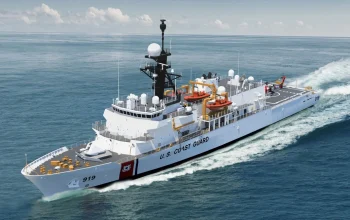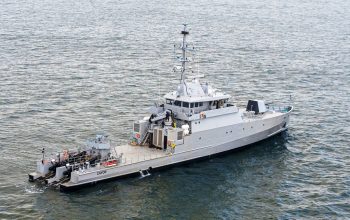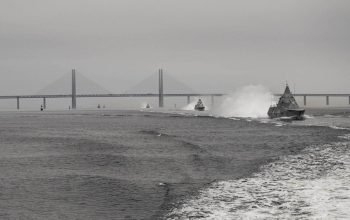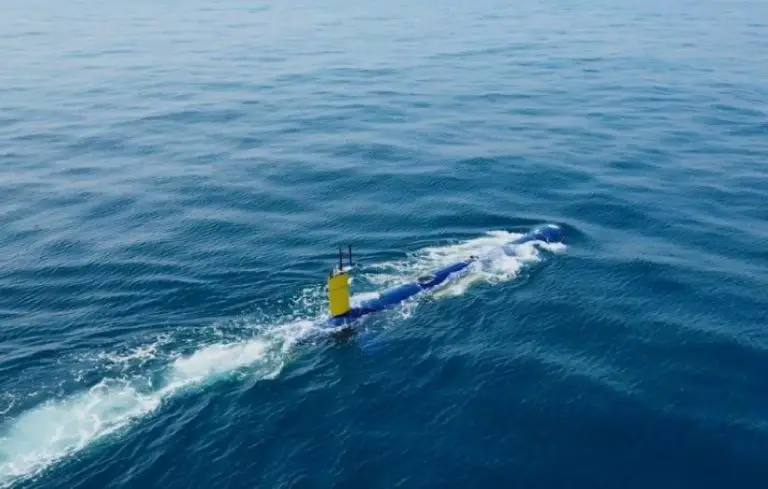USS Gerald R. Ford (CVN 78) conducted an inaugural anchoring evolution during its independent steaming event on March 15. It was the first time Ford conducted the evolution using its portside anchor. The successful port anchoring will allow greater flexibility for Ford in future sea and anchor evolutions, accommodating various sea conditions with additional maneuverability. Deck department is the team responsible for maintaining and operating the anchor and its chain in the ship’s forecastle. During an anchoring evolution, deck department utilizes nearly a dozen Sailors to stand watches to include a safety observer, riggers, brakemen, and phone talkers who communicate with the teams in the pilot house.
Before the anchor can be dropped, deck department Sailors make the anchors ready for letting go by disengaging the wildcat from the anchor windlass and removing the chain stoppers from the chain. Together with the officer of the deck and members of Ford’s navigation department, the bridge watch team calculates wind and sea conditions then drives the ship over the anchor drop point, and communicates with deck department in the forecastle to release the anchor.
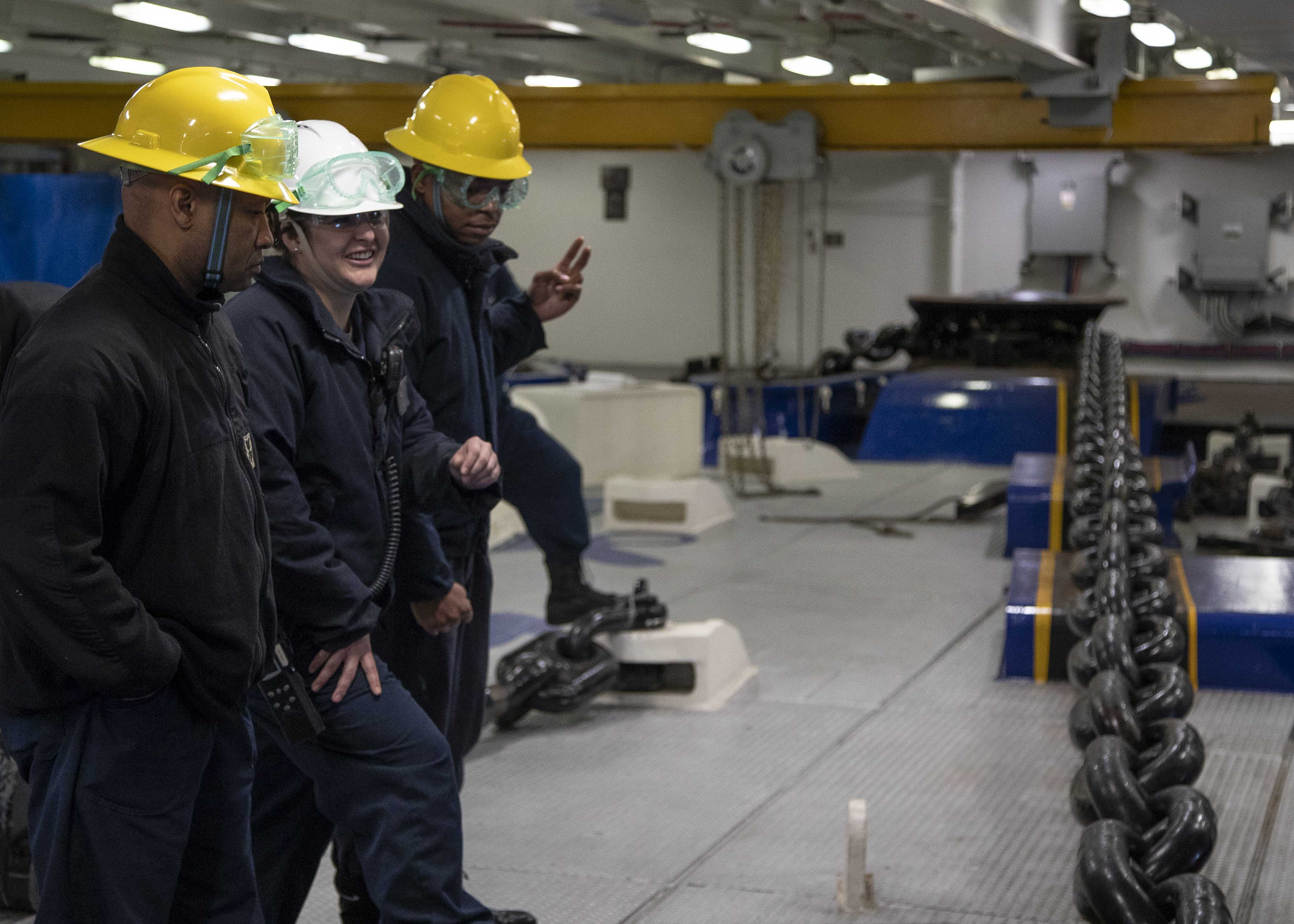
USS Gerald R. Ford is the only aircraft carrier in service to own 15 ton light weight anchors, Nimitz-class aircraft carriers operate 30 ton anchors. Ford’s anchor chain is also three and a half inches in diameter compared to the four and three quarters diameter of Nimitz-class carriers. These differences highlight the necessity of training and focus with everyone from the newest Sailors to the most experienced officers when conducting anchoring evolutions. Ford now has two tested anchors ready for all sea and anchor evolutions.
USS Gerald R. Ford (CVN-78) is the lead ship of her class of United States Navy aircraft carriers. The ship is named after the 38th President of the United States, Gerald Ford, whose World War II naval service included combat duty aboard the light aircraft carrier Monterey in the Pacific Theater. Gerald R. Ford entered the fleet replacing the decommissioned USS Enterprise (CVN-65), which ended her 51 years of active service in December 2012. She was delivered to the Navy on 31 May 2017 and formally commissioned by President Donald Trump on 22 July 2017. As of 2017, she is the world’s largest aircraft carrier, and the largest warship ever constructed in terms of displacement.




